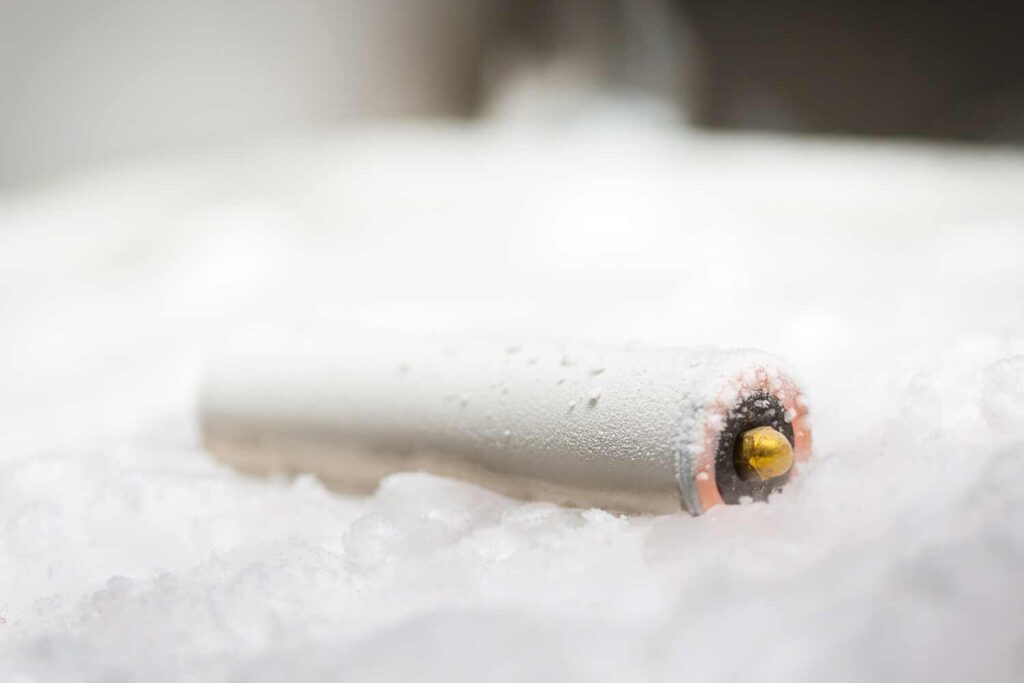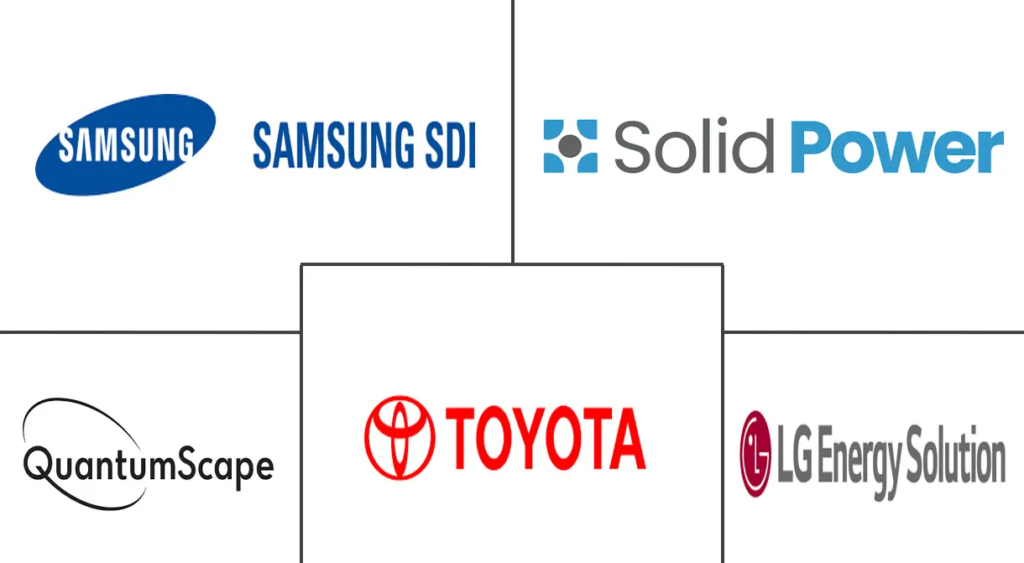The 2026 Solid-State Battery Mystery: How Chinese Automakers Plan to Launch a Year Before Giants like CATL & Samsung SDI

The 2026 Solid-State Battery Mystery: Who Are China’s Automakers Relying On?
As an auto market observer based in China, the news cycle is relentlessly fast. But recently, a series of announcements from major Chinese automakers like Dongfeng and Changan has created a genuine mystery. They are all claiming to mass-produce vehicles with solid-state batteries by 2026.
This is puzzling. As a non-expert on battery chemistry, even I know the globally accepted timelines are different. Industry leader Toyota is targeting 2027 for commercialization. Korea’s powerhouse, Samsung SDI, has also set an aggressive 2027 mass production goal. Even China’s own battery kings, CATL and BYD, are talking about timelines post-2027.
So, this begs the question: how can Chinese car manufacturers be a full year ahead of the very companies that are supposed to supply them? This isn’t just a minor discrepancy; it’s a one-year gap that challenges the logic of the entire supply chain.
The Timeline Mismatch: A Tale of Two Timetables
The contradiction is stark when you lay it out:
- Chinese Automakers (Dongfeng, Changan, GAC): Promise solid-state battery EVs in 2026.
- Global Battery Giants (CATL, BYD, Samsung SDI, LG, SK On, Toyota): Target 2027 or later for mass production or commercialization.
This has led to one logical conclusion: the 2026 cars won’t be using batteries from the established giants. So, who are they relying on? The answer seems to lie in a clever two-part strategy involving different technology and different players.
The secret is the distinction between “semi-solid-state” and “all-solid-state” batteries. The 2026 vehicles will almost certainly be equipped with semi-solid-state batteries, a transitional technology that is easier to produce. These are being developed at a faster pace by agile, “second-tier” suppliers like SVOLT and Farasis Energy.
This allows Chinese automakers to claim a “world first” in 2026, while the real war for all-solid-state technology, led by the industry giants, will properly commence in 2027.

But Here’s the Real Concern: Is It Safe?
Solving the timeline mystery only opens the door to a more critical question for consumers: Is it safe?
This concern has been amplified by recent events. In July 2025, news broke of a fire incident in Germany involving a Mercedes-Benz EQE SUV equipped with batteries from Farasis. While the investigation is ongoing and it’s premature to blame the battery alone, it inevitably raises consumer anxiety.
For Western consumers, who prioritize safety and brand reliability, the prospect of being an early adopter of a next-generation battery from a less-established supplier is a significant concern. The race for the “world’s first” title cannot come at the expense of trust.
Conclusion: A New Chapter in the EV Race—Trust over Speed
The mystery of China’s 2026 timeline reveals a sophisticated, two-phase strategy to dominate the market narrative. By leveraging semi-solid technology from emerging suppliers, Chinese automakers can hit the market early, creating immense pressure on global competitors.
However, this aggressive push shifts the entire competition from a race of speed to a race for trust. As consumers become more aware, the crucial question won’t be “Who was first?” but “Who is safest?”. This interesting gamble in the Chinese market will be fascinating to watch, as its outcome will undoubtedly shape the future of the global EV landscape.
Deeper Dive: Recommended Books for a More In-Depth Understanding
For those who wish to delve deeper into the high-stakes world of battery technology and the automotive revolution, these books offer invaluable insights.
[The Battery: How Portable Power Sparked a Technological Revolution by Henry Schlesinger]
- Why I Recommend It: This book provides a fantastic historical and technical foundation for why batteries are so crucial and so difficult to perfect. It helps readers understand the fundamental science behind the leap from liquid to solid electrolytes and why achieving this is a true “game-changer” for all of technology, not just cars.
- 👉 [Insert Amazon Affiliate Link]
[Power Play: Tesla, Elon Musk, and the Bet of the Century by Tim Higgins]
- Why I Recommend It: To understand the current battery war, you must understand the company that changed the game. This book provides a gripping account of how Tesla’s relentless innovation in battery technology and supply chain management created the EV empire we know today. It’s essential context for the “winner-takes-all” mentality driving the solid-state race.
- 👉 Buy Book Link
As an Amazon Associate, I may earn from qualifying purchases. This posting may also contain affiliate links for other programs.
My AI Jazz Project: